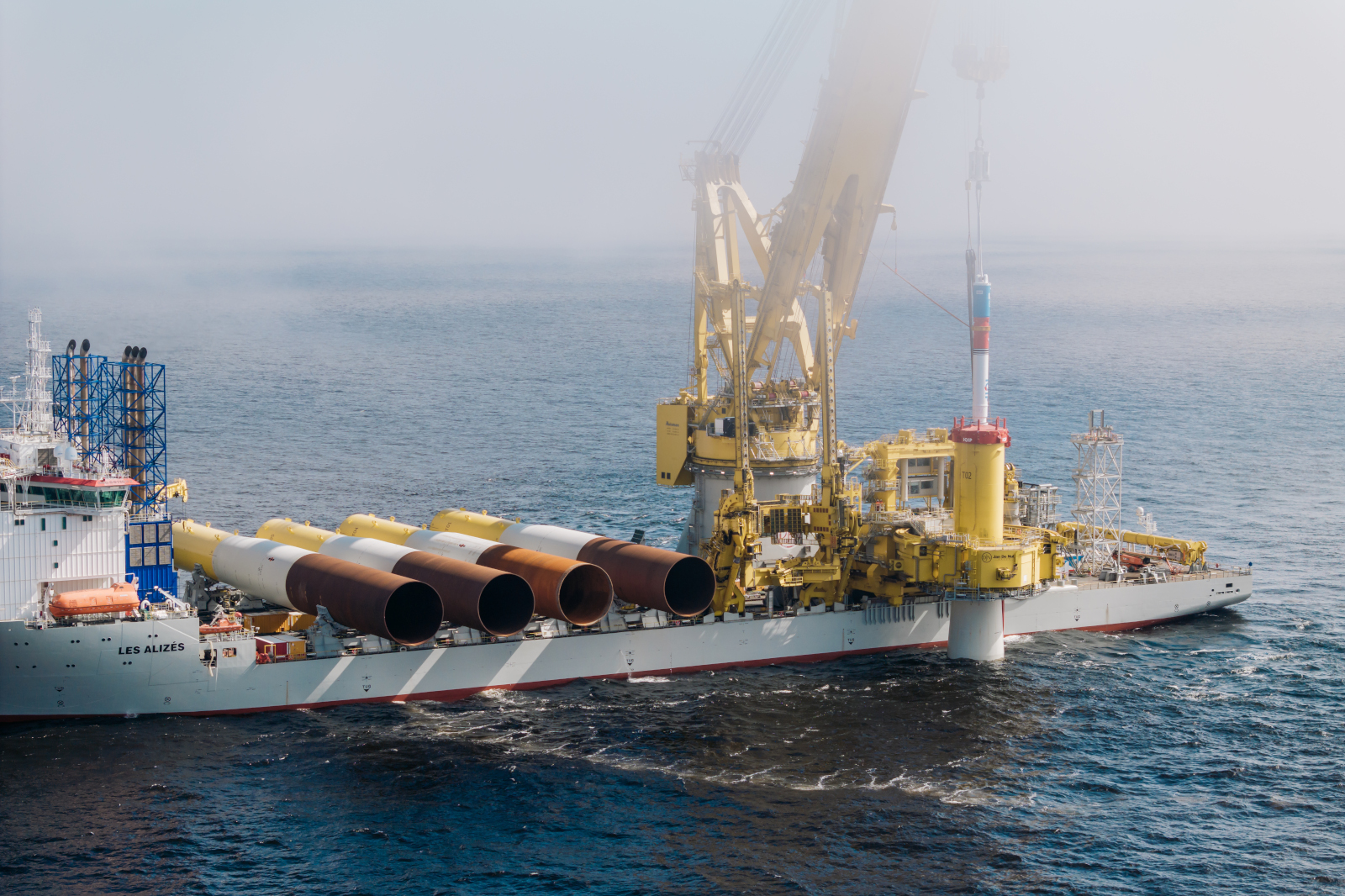An intense 2021 for offshore wind energy is behind us, particularly in terms of the implementation of European policy. We ask the European Commission about its summary of the past year and its plans for 2022 in offshore wind area policy. We invite you to read the text from the series “Key offshore wind stories 2021/2022” on BalticWind.EU.
There were many important moments for offshore wind in 2021- indicated Lynn Rietdorf, Press officer for Climate Action in the European Commission. She highlights the three different strands of work that are taking place at EU level.
BalticWind.EU: What are the three most important moments for the EC offshore wind policy and regulations that happened in 2021?
The European Commission: Firstly, there is the policy aspect. The Commission published the Offshore Renewable Energy Strategy in 2020, highlighting the potential for developing offshore renewables in five different European sea basins, not just the Baltic, and underlining the importance of establishing the necessary infrastructure to maximize this potential, such as through cross-border cooperation.
The follow-up to this took different forms in 2021. We have seen the establishment of a Working Group on the offshore supply chain under the Clean Energy Industrial Forum and greater interest in offshore renewables generally. For example, there was a Ministerial Conference to share experiences between different regions and the annual Energy Infrastructure Forum 2021 included a session on offshore grids for the first time.
In concrete legislative terms, the political agreement on the new Trans-European Network for Energy (TEN-E) Regulation on December 15 is important. It states an ambition to reach at least 300 GW of offshore wind generation by 2050 and, to achieve it, Member States will cooperate regionally on offshore generation goals. It also states that, within ENTSO-E’s Ten Year Network Development Plan (TYNDP) process, high-level strategic integrated offshore network development plans will be developed per sea basin.
Among the Commission initiatives in 2021, the proposed revision to the Renewable Energy Directive (published in July) is aiming to provide a complete framework for the deployment of renewables, including offshore, across all sectors in an integrated energy system.
The second aspect of our progress in 2021 is the range of different projects that are being planned – and where investment is being pledged and commitments are being made. An obvious example is the new work programme in the Baltic Sea region dedicated to offshore wind, which was adopted within the framework of the High Level Group on the Baltic energy market interconnection plan (BEMIP). This commitment by the Baltic region to exploit its vast offshore wind potential is good news for us all.
Another important development was the political and TSO cooperation agreements on energy islands which Denmark signed with Germany (in the Baltic) and Belgium (in the North Sea) at WindEurope’s annual Electric City event.
The third and final aspect of our work is, of course, when all the policy elements and investment come to fruition and new projects actually go live, and start feeding into the grid. In this sense, an obvious milestone in the Baltic Sea in 2021 was the launch of Kriegers Flak, a DK 600 MW offshore wind project connected with a German wind farm through the Combined Grid Solution project of common interest (PCI). It is not the only project that went live in 2021, but it is an excellent example that demonstrates how cooperation in offshore between EU member states makes sense.
The 5th Union list of PCIs, currently under scrutiny by the co-legislators, includes a new interconnector between Latvia and Sweden through the island of Gotland (LasGo Link) which will further contribute to offshore wind development in the Baltic Sea area.
What is the European Commission planning for offshore wind energy in 2022?
As far as 2022 is concerned, we are optimistic of further progress in this sector. The Commission will work on the implementation of the new TEN-E Regulation, including the offshore provisions, and continue to pursue elements of the Offshore Strategy. Dedicated offshore provisions in the revised TEN-E Regulation will allow for an ambitious scale-up of offshore grids across sea-basins in Europe. We expect to see more of these projects on the 6th and subsequent Union lists of projects of common interest (PCIs).
We expect the policy discussions on the revision of the Renewables Directive to get going in the course of the year. It’s too early to judge whether there might be a political agreement this year.
Similarly, as a follow-up to the toolbox published by the Commission in October in response to the energy market situation, we will be publishing guidance on accelerating permitting for renewable energy projects and facilitating Power Purchase Agreements.
There are also numerous studies for new projects that we are working on. But here the Commission is merely a facilitator. We will of course keep a close eye on sector developments, such as news on the siting of the future LV-EE hybrid offshore project in the Baltic Sea ELWIND.














